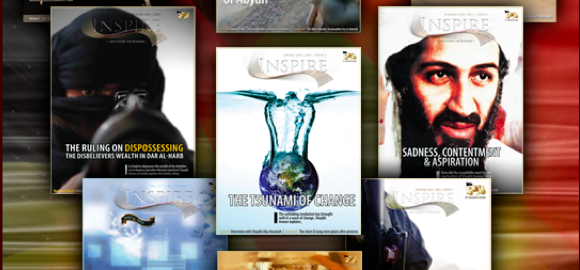Once upon a time, there was an exotic land surrounded by mystery and ancient stories. That was the land of Caliphs, the land of philosophers and historians, where culture, literature and faith flourished and where people lived in peace. On day, that land started being threatened: barbarian infidel invaders were trying to take it and to subvert its status. So a man, a brave man, step up to fight against them. He put together an army of fighters, as brave as him, to defeat the invaders and to restore the original peace. After unrestrained battles he eventually won the war and achieved his aim: green fields and no more cruelty on his land where people could live their daily life in peace.
This article takes the cue from some concepts explained by Marco Lombardi during recent interviews and adds some other considerations.
Terrorism is an act of communication. Very many efforts have been done and academics have widely spoken on the need for counter-narrative measures to deal with terrorism. Terrorism says something and that something has been re-baptized with the name of “narrative”. But in order to write a story there has to be an initial situation put at risk by a threat, a spannung or tension pick and a peaceful ending. What is generally called “terrorism narrative” is but a part of the whole story, which only recently has been completed: terrorism communication campaign is no longer based only on broadcasted announcements or speeches and shows of the use of power to spread terror but a new and more alarming strategy has been adopted.
The short story written above can be easily referred to the communicational parabola of IS, as explained by Prof. Lombardi. The extraordinary public presence of Al-Baghdadi, the self-proclaimed Caliph of the Islamic State, allowed by the highly skilled use of Social Media, has finally given a face to who is thought to be the “brave man” of the story who needs loyal fighters to win the war. The recruitment process, which is of high interest for Western countries because of the exploded phenomenon of foreign fighters, passes nowadays mainly through only one channel: the Internet. Armed fighters, recruited boys sharpening their knifes, group of mujahedins spending time together in training-camps, songs exalting the Jihad, magazines with focuses on how and why some of them became fighters and why others should do the same are all messages conveyed through the net to aspiring fighters appealing to their sense of proud and glory, injustice and unity.
Then it comes the war with its communication. Beheadings and crucifixions are only the latest examples of a message intended to instill panic, to threat the enemy with shows of power and brutality that go beyond even the highest human level of tolerability.
These, both the “recruitment” and the “war” communications, are the products to which media and mainstream information circles have got us used with. However, digging more deeply into IS communication campaign the peaceful ending of the story has recently been provided: the “society communication”. Green fields, steams of clear water, baked bread are the last images used by the propaganda to show the Caliphate as a real land in which to leave peacefully, a sort of restored haven for those who decide to live there, that will become even stronger if it will have civilian subjects.
Why that happened? How they could complete the story? The drawn picture is the result of the strategic will to set up a communication for each of the targeted audiences: aspiring fighters, western countries and fighters’ families. But, what about our counter-narratives? There are few attempts to set up anti-recruitment campaigns or initiatives that, although some of them are very interesting in terms of strategy and contents, are not so popular and have not achieved the wished results yet. On the other side, the discourse on how to stop the “war communication” is focused on limiting its spread through the Social Media. However, the debate seems to be more concentrated on social acceptability of contents and legal aspects related to policies rather than informed with the understanding that sharing those video or images is like playing terrorists’ game. Nothing has been done to address the last communication strategy yet. Will we be able to do something before the “society communication” bears its first fruits? In case we will not, the novel written by terrorist will really be a bestseller for more people than just the fighters.

